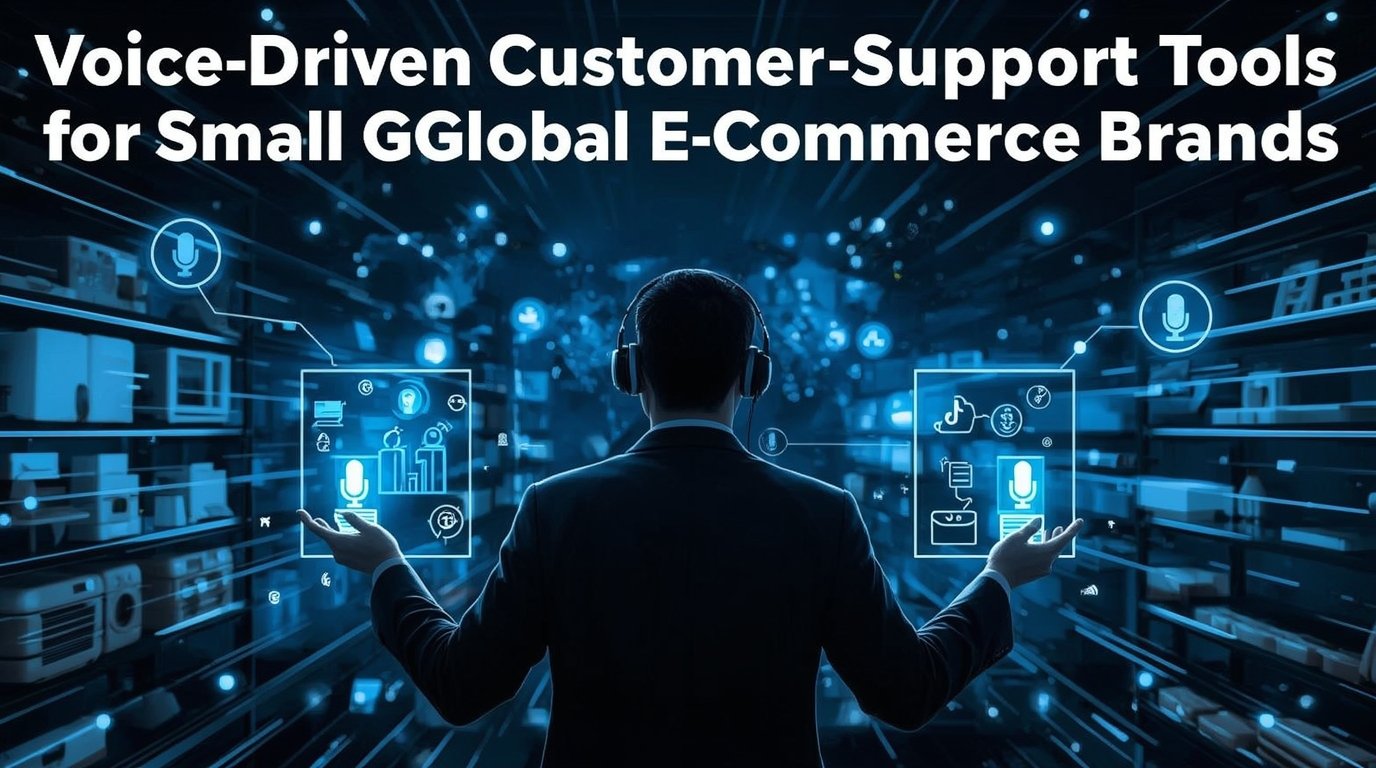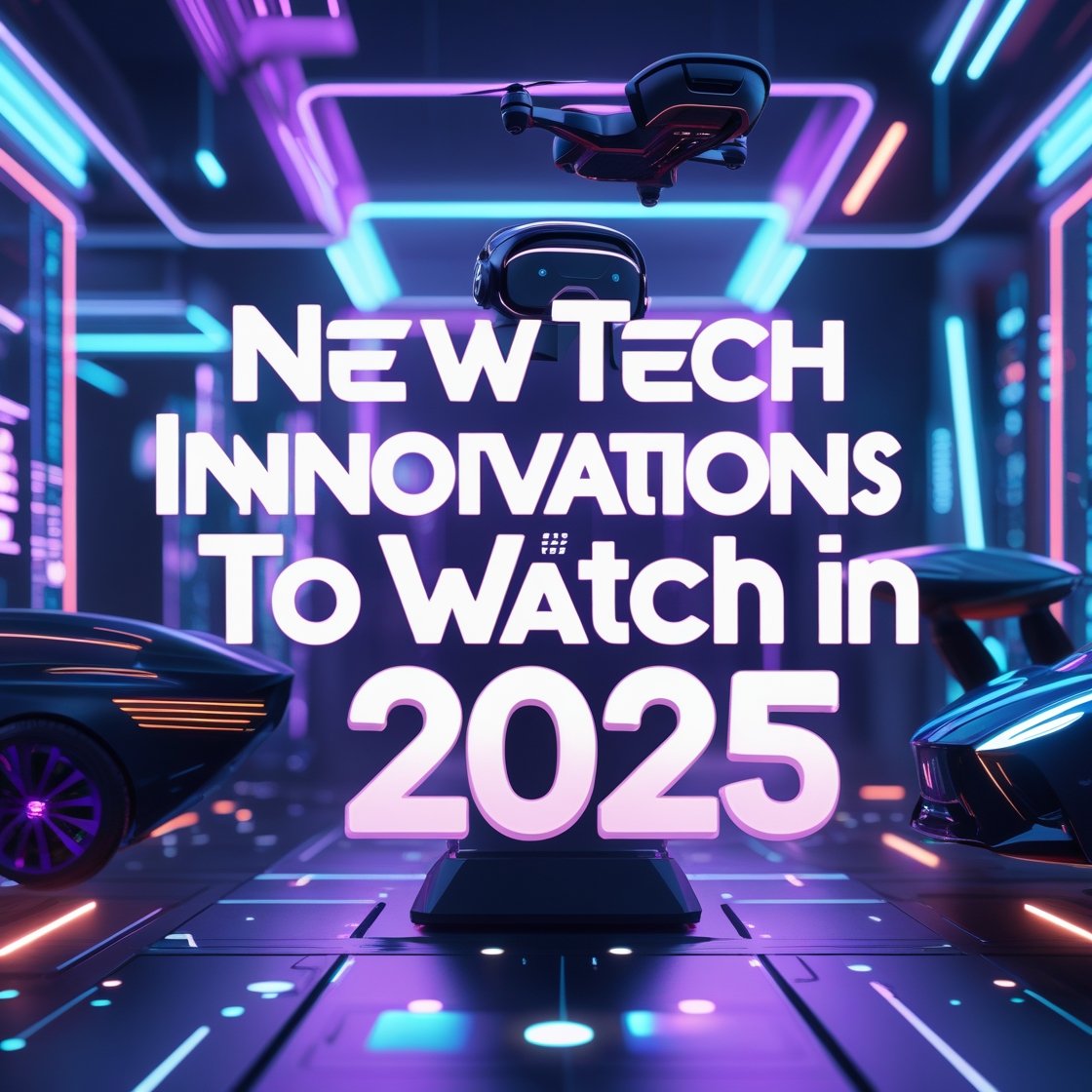Meta Title: AI-Powered Localized Marketing Strategies for Exporting SMEs in 2025 – Global Growth with AI Tools
Meta Description: Discover how exporting SMEs can use AI-powered localized marketing strategies in 2025 to boost sales, connect with global audiences, and outperform competitors.
Introduction: Why AI-Powered Localization is a Game Changer for SMEs in 2025
In 2025, small and medium-sized enterprises (SMEs) involved in exports face unprecedented opportunities—and challenges—in global trade. The demand for personalized, culturally relevant marketing has never been higher. That’s where AI-powered localized marketing strategies come in.
Artificial intelligence is no longer just a “nice-to-have” in marketing—it’s an essential driver of global competitiveness, especially for SMEs aiming to expand across borders. By combining local market insights with advanced AI tools, businesses can adapt their content, ads, and campaigns to different cultures, languages, and consumer behaviors.
Why SMEs Need Localized Marketing in 2025
1. Rising Global Competition
With e-commerce platforms like Amazon, Alibaba, and Etsy enabling international sales, even the smallest SMEs face competition from all over the world. Standing out requires deep cultural connection.
2. Evolving Consumer Expectations
Modern buyers expect brands to speak their language—literally and culturally. A generic marketing approach no longer works.
3. SEO and Search Visibility
Localized SEO strategies help SMEs rank higher in country-specific searches. AI can automate keyword research for each target market.
Core AI Marketing Tools for Localization
Here are the best AI tools in 2025 for SMEs to localize their marketing campaigns:
| AI Tool | Key Features | Best For |
|---|---|---|
| DeepL Translator Pro | Context-aware translation | Marketing content localization |
| Jasper AI (Business Edition) | Multi-language ad copy generation | Paid campaigns |
| MarketMuse AI | Localized keyword optimization | Blog & content strategy |
| Crimson Hexagon AI | Social listening by region | Brand monitoring |
| Phrasee | AI-powered localized email subject lines | Email marketing |
Step-by-Step: Building an AI-Powered Localized Marketing Strategy
Step 1: Identify Target Markets
Use AI analytics tools like SEMRush Market Explorer to determine where your products have high potential.
Step 2: Conduct Local Keyword Research
AI SEO tools such as Ahrefs AI Keyword Finder can identify low-competition, high-intent keywords in multiple languages.
Step 3: Adapt Messaging to Local Culture
AI sentiment analysis tools like MonkeyLearn AI help detect cultural nuances to avoid marketing missteps.
Step 4: Automate Content Creation
Generate country-specific landing pages and ad creatives with AI, ensuring consistent branding while adapting language and tone.
Step 5: Optimize for Local Search
Use Google Business Profile AI optimization for each target region to improve local search visibility.
Global Case Studies: AI Localization in Action
Case Study 1: A German SME Entering the Japanese Market
A German skincare brand used AI translation plus cultural adaptation to triple conversions in Japan within three months.
Case Study 2: An Indian Handicraft Exporter in Europe
By using AI-driven market insights, an Indian exporter targeted trending products in France and Germany, increasing revenue by 45%.
Advanced Tips for AI-Powered Localization
- Leverage AI chatbots with multilingual support to answer customer queries instantly.
- Use AI-powered voice search optimization for markets like China and India, where voice commerce is growing.
- Track localized ad performance using AI analytics dashboards for real-time adjustments.
AI Platform Comparisons for SMEs
| Platform | Languages Supported | Price (2025) | Ideal For |
|---|---|---|---|
| Jasper AI | 30+ | $99/month | Ad copy & blogs |
| DeepL Pro | 29+ | $79/month | Translation |
| MarketMuse | 20+ | $149/month | SEO research |
| Phrasee | 15+ | $199/month | Email campaigns |
SEO Best Practices for AI-Localized Content
- Use H1, H2, and H3 tags with localized keywords.
- Maintain 2–2.5% keyword density without keyword stuffing.
- Create geo-targeted landing pages for each market.
- Add local backlinks from regional blogs and news outlets.
- Implement schema markup for each location.
Internal Linking Suggestions
- Best AI Tools for Small Business Marketing in 2025
- How to Rank Your SME Website Globally
- Top E-commerce SEO Trends for 2025
FAQs
Q1: What is AI-powered localization?
AI-powered localization uses artificial intelligence to adapt marketing strategies to different languages, cultures, and regions.
Q2: How can SMEs benefit from it?
It increases brand trust, boosts engagement, and improves conversion rates in target markets.
Q3: What’s the difference between translation and localization?
Translation changes the language; localization adapts the content to cultural norms and consumer expectations.
Conclusion
In 2025, SMEs that adopt AI-powered localized marketing strategies will lead the global export market. By using AI tools to adapt language, tone, and content for different audiences, businesses can create authentic connections and drive sustainable growth.
Key takeaway:
Global success in 2025 won’t come from speaking the loudest—it will come from speaking the most locally relevant language.




